It feels like everywhere we look, Isobel Joy Te Aho-White’s illustrations are gracing the covers and insides of some of New Zealand’s best picture books. By our count, she illustrated at least 13 books released in the last 18 months. Illustrator and cartoonist Eddie Monotone puts some questions to Isobel.
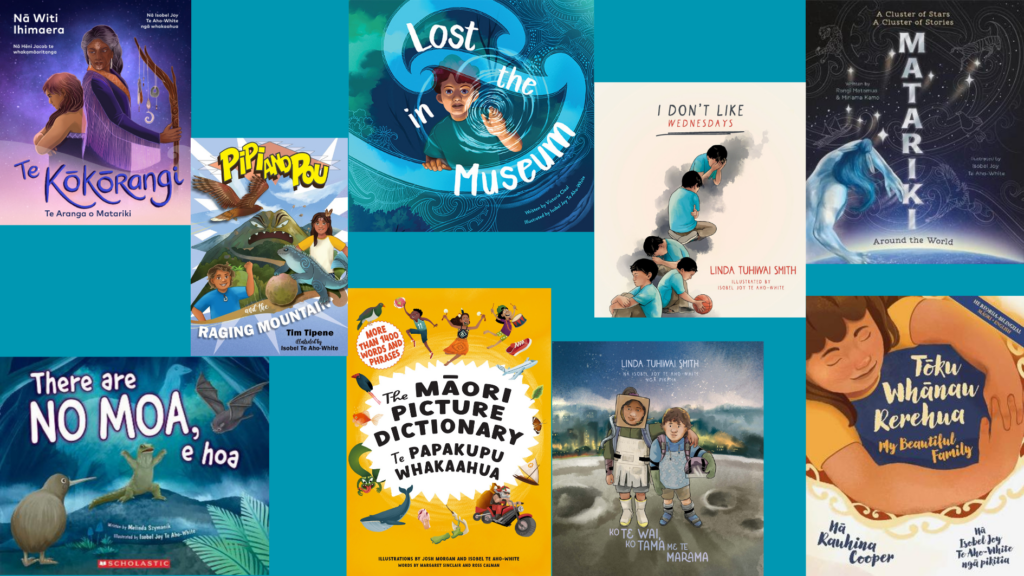
Eddie Monotone: You have had a lot of books come out recently or coming out soon – five titles in the Whatumanawa series by Linda Tuhiwai Smith, Family of Forest and Fungi by Valetta Sówka, Tōku Whānau Rerehua: My Beautiful Family by Rauhina Cooper, and Stranded by Linda Jane Keegan coming out later this year. Have I missed any? What are you working on now?
Isobel Joy Te Aho-White: Thanks! Yes, those are my recent books. There are also two more in the Pipi & Pou series written by Tim Tipene that will be out soon.
Currently I have a few more children’s projects at various stages of completion which will be published next year, as well as having a crack at writing my own book.
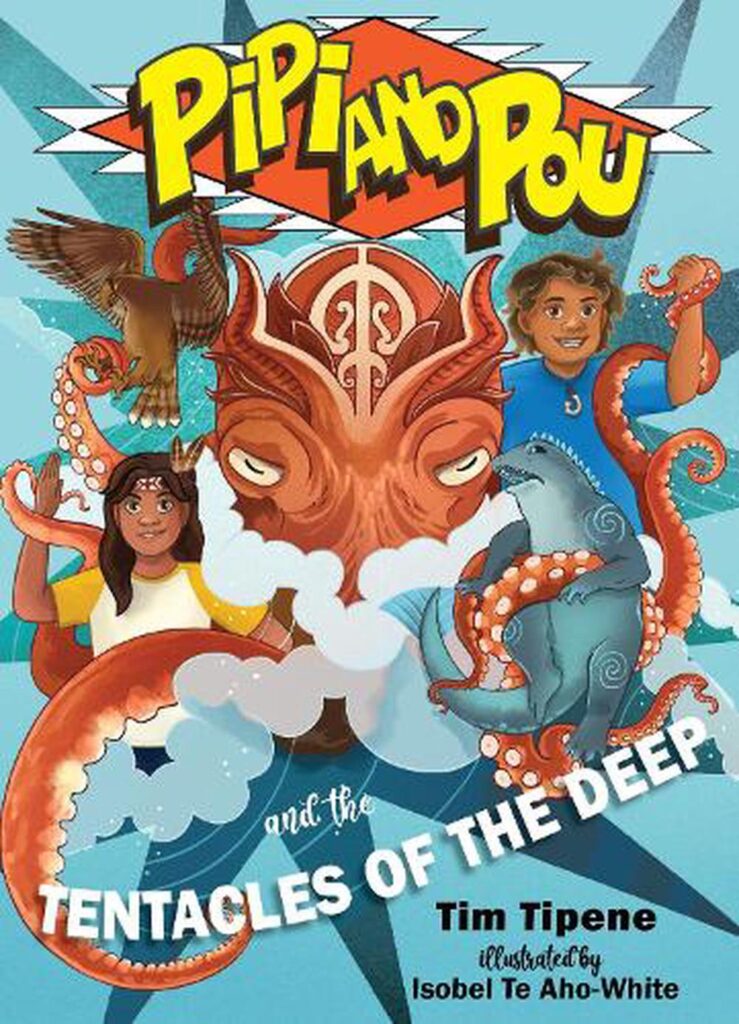
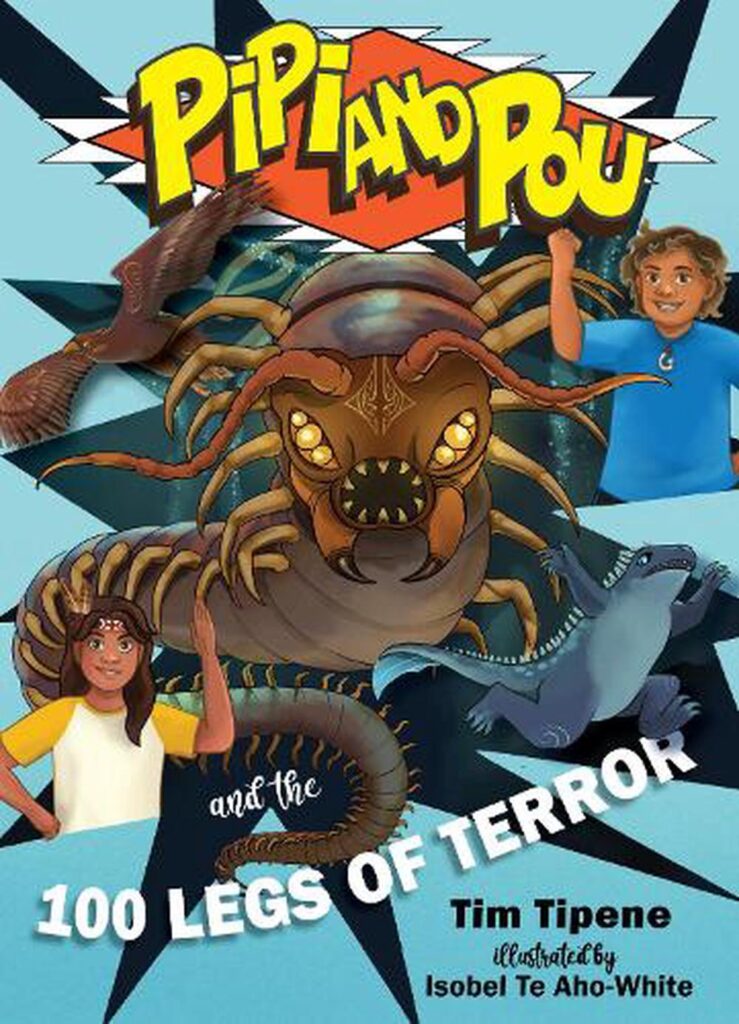
E: Do you work on one project at a time, or do you simultaneously manage working on multiple different books?
I: I usually work on two books at once; if I’m waiting for feedback on one set of illustrations, I will work on the other book, and cycle through like that.
E: Do you look for projects or do the projects find you?
I: I am often approached by publishers and writers with a project outline a few months in advance; if I like the sound of it and can fit it in, I will accept the job.
E: Your illustration style varies from project to project. How do you decide what style or techniques to apply to a particular story?
I: Usually, I figure it out in the moodboard stage – there’s so many things I want to try and develop visually, so if a style or technique seems like it will work with the story, I will suggest it to the team. Sometimes the editor will ask me to work in a style that I’ve done previously; in that case, I will forego the moodboarding and get stuck into the sketches.
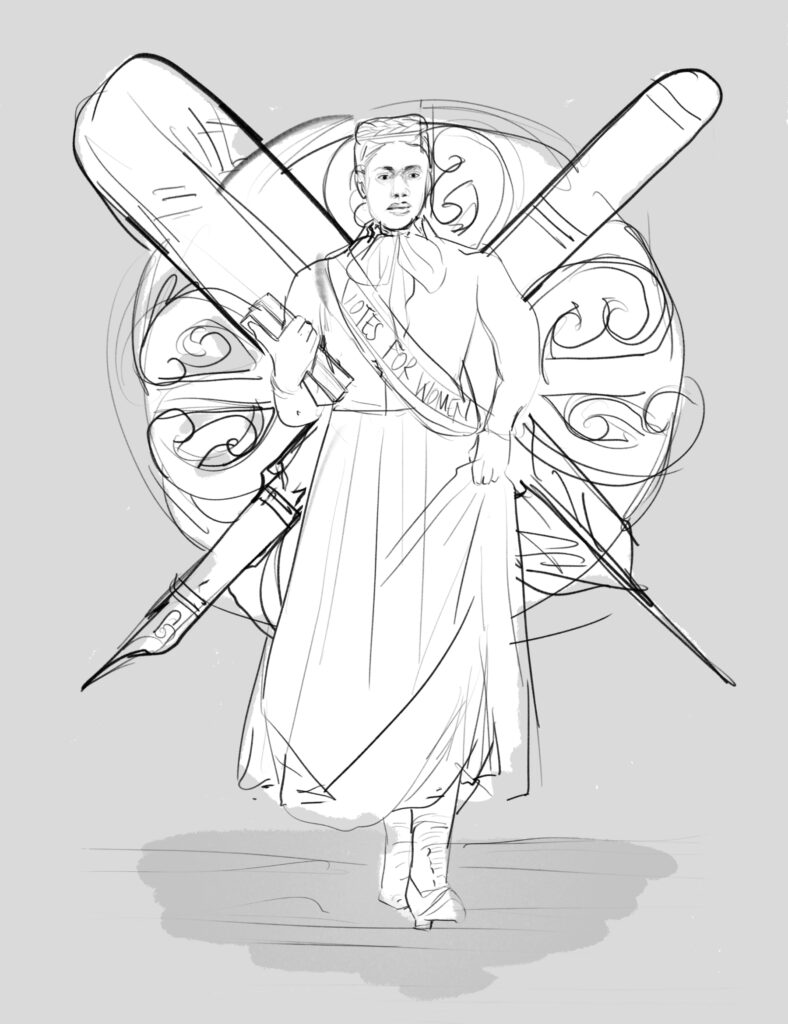
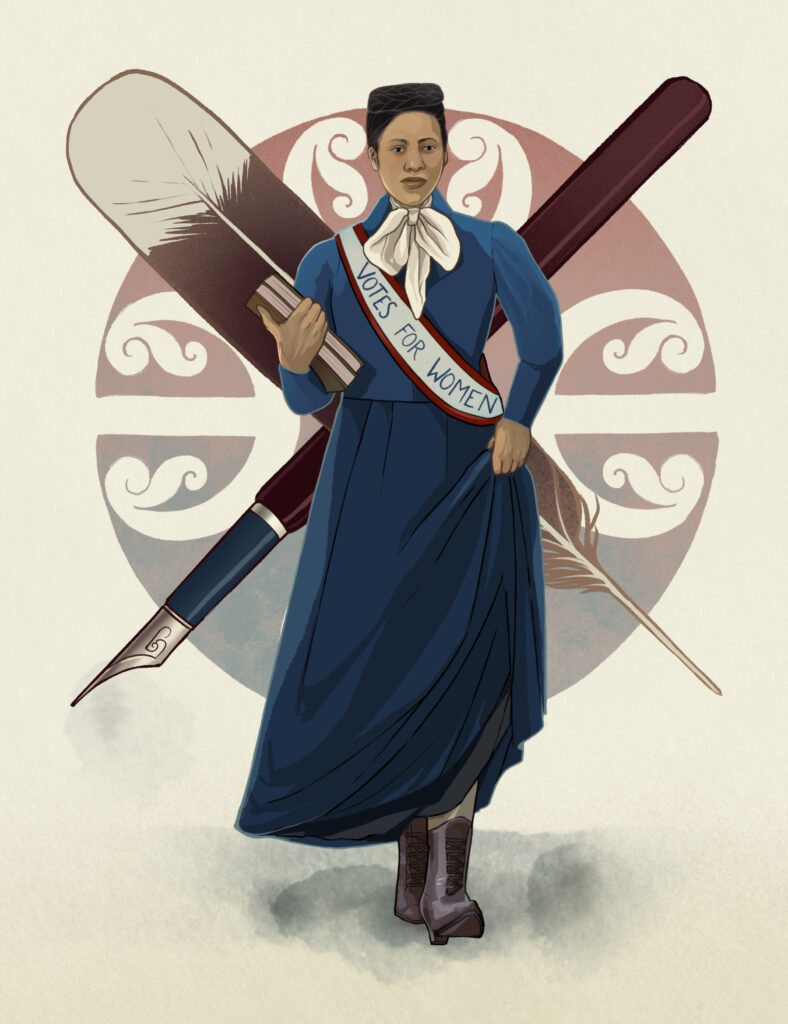
E: Tell us about your workflow for children’s books – is it all digital or are there some traditional art practices involved as well?
I: I work with Procreate (on an iPad) using custom brush packs. I’ve made some brushes myself as well from scanned watercolour and ink splashes and the like, so there’s an element of traditional to it. Illustrating a book is usually done in several stages – moodboard, sketches, finals and then any tweaks needed while a designer puts the work together for publication. These days, digital just seems the most practical route, as it is a lot easier/faster to make changes. In saying that, there is definitely something to be said for traditional illustration. I have been sitting on the crazy idea of illustrating a book with embroidery, but that would take forever and might just have to be a vanity project at some point!
E: Can you talk about some of the artists or illustrators who inspire or influence you?
I: One of my earliest illustrator inspirations is Sydney Parkinson, who was a draughtsman aboard the HMS Endeavour, and created a lot of beautiful botanical watercolour illustrations. I just thought that would be the coolest job. Currently I’m enjoying looking at Slavic and Chinese folk art. Also inspired by 19th century fairytale illustration, botanical studies, ukiyo-e, art nouveau, and Celtic, Norse and Māori design.
There are some good YouTube channels about art and illustration movements as well – Blind Dweller and Pete Beard are great. Also, follow my Pinterest to see art and illustration I like.
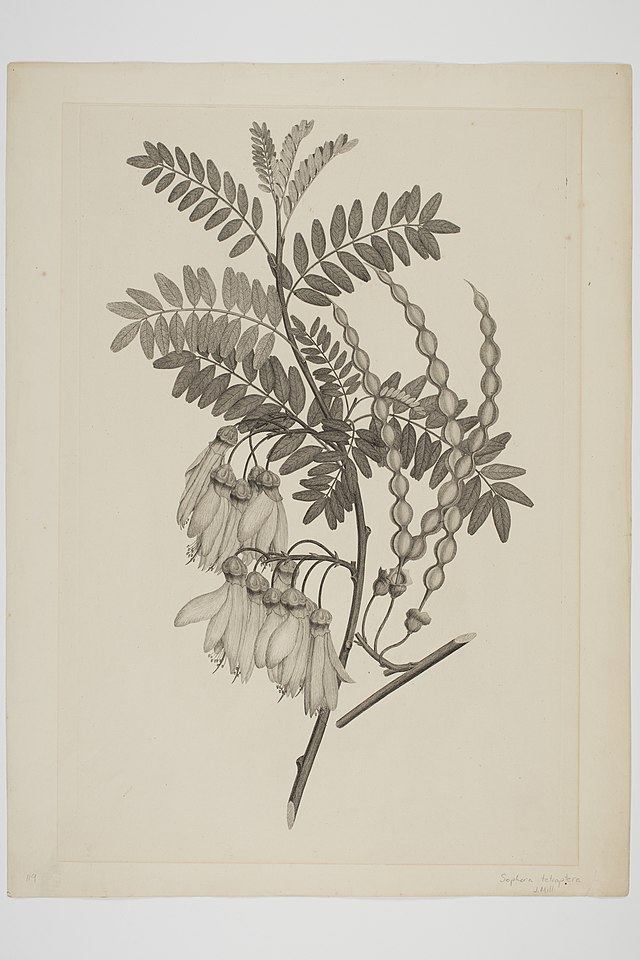
E: You’ve collaborated with many different writers and publishers. Does the process differ depending on who you work with?
I: Yes – I’ve worked with publishers who give feedback on fine details and need quite a few edits, and publishers who sign off with very few requested changes. It also depends on the project; some need a high level of accuracy if they’re science-based or upholding tikanga. I usually like a bit of critique to push the best out of myself, but I’m not going to complain about a breezy job!
E: What would you like to see more of in Aotearoa NZ picture books?
I: It’s important for kids to be able to see themselves represented. There’s been leaps and bounds in the children’s book industry in terms of diversity in books, and I’d like to see more disabilities represented as part of a multifaceted character.
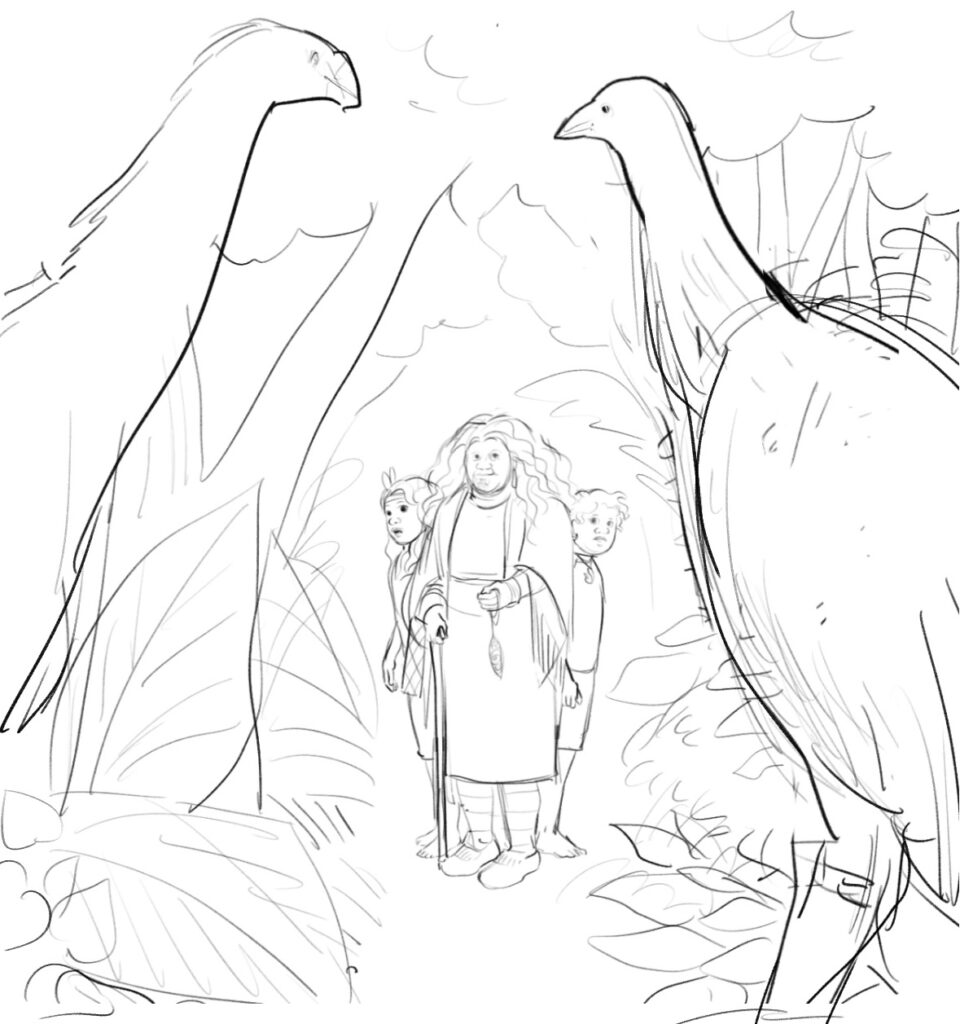
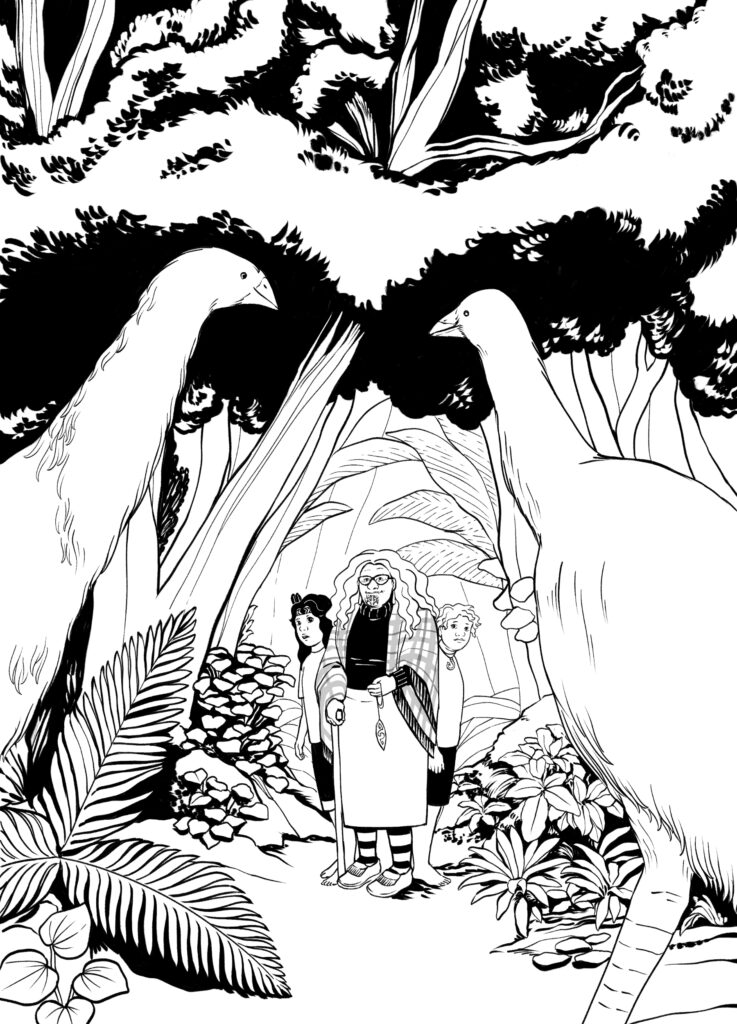
E: Along with picture books you’ve also done editorial illustration. Do you take a different approach to illustrating news or argument as opposed to fiction?
I: Editorial jobs are a lot more fast-paced than picture books and need a quicker turnaround. They’re like a bite-sized job. I really enjoy doing them to switch up the pace when I’m working on larger projects because it keeps things fresh. As far as interpreting text into imagery, my brain-gears turn in the same way whether it’s factual or fictional material.
E: You’ve worked on comics in the past. How do you think the storytelling in picture books differs from that in comics?
I: Comics are generally more labour intensive and detail-packed. Sometimes a layout can be cleverly used to coincide with the mood of the story, but working with panels can also feel a bit more cramped as a work method, because there’s only so much detail you can fit into a small panel. I enjoy when a comic book opens up into a full-page illustration though, that’s always a magical moment.
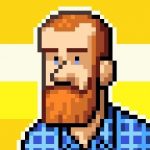
Eddie Monotone
Eddie Monotone is a cartoonist, illustrator and parent. He has been a part of the Kiwi comics scene for many years, publishing comics and cartoons both in print and online. When he’s not making comics he’s probably thinking about comics, and sharing those thoughts with anyone who’ll listen. www.edmocentral.com



